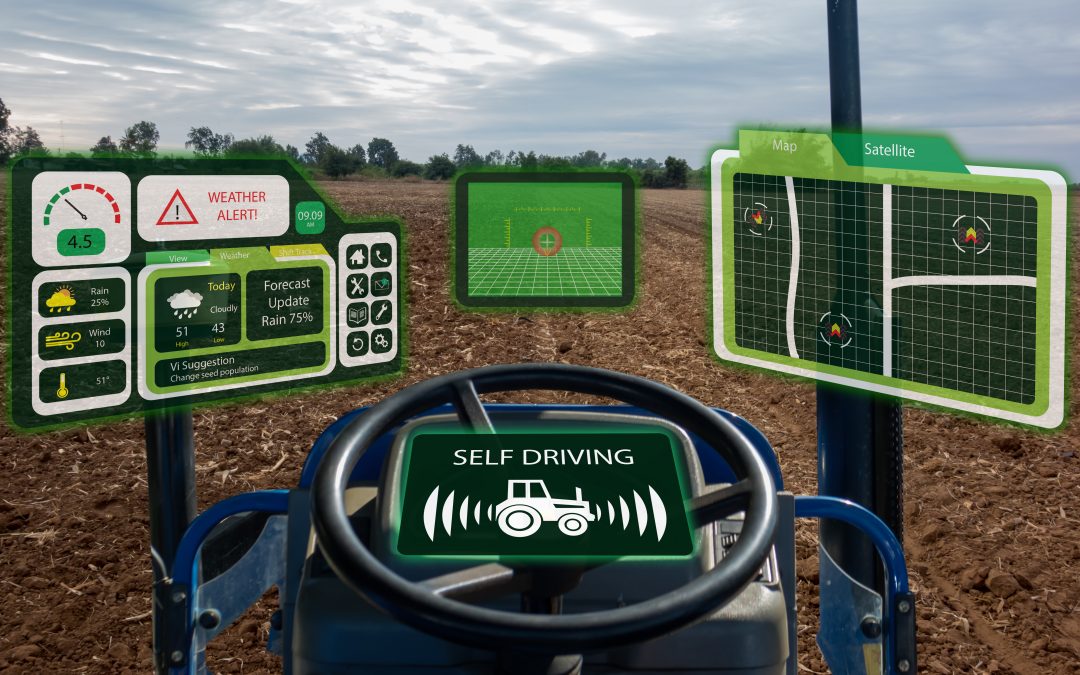Image: Shutterstock
What’s New: Interesting article about the ripple effect in agriculture of GPS disruptions.
Why It’s Important:
- Well, food is kinda important. Eating seems to be real popular at the moment. 😉
- The quantity and price of food produced in the U.S. is linked to precision agriculture which needs GPS.
- GPS as a utility for agriculture (and a way to minimize environmental impact by using much smaller amounts of fertilizer and pesticides) is not widely understood.
What Else to Know: Agriculture is just one of several “survival” sectors that depends on uninterrupted GPS.
- That’s why it is so important to develop one or more widely adopted complements/alternatives/backups that have as few failure modes in common with GPS as possible.

Space weather skews GPS
If you think the odds are long of being negatively affected by an event that happens every 11 years, just think about one that happens every 100 years or more. Those probabilities are becoming more likely, especially for farmers using global-positioning-system technology, according to researchers at Kansas State University and the University of Minnesota.
Earth may soon feel the effects of a solar maximum – a period in the sun’s 11-year solar cycle in which humans can observe the greatest number of sunspots. The sunspots are generally associated with more solar flares and an increase in geomagnetic-storm activity.
During sunspot maximums the Earth is likely to experience an increase in the Northern Lights and the Southern Lights. There also could be disruptions to radio transmissions, power grids and technologies that use global positioning.
The U.S. Department of Agriculture’s Economic Research Service in February reported that about 73 percent of row-crop acreage in the United States was managed using auto-steer and guidance systems. The USDA also reported that global-positioning-system applications are used on 40 percent of all U.S. farm and ranchland acreage.


